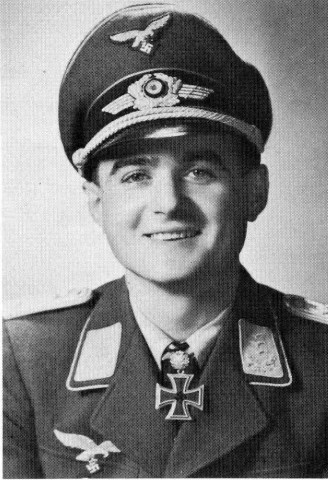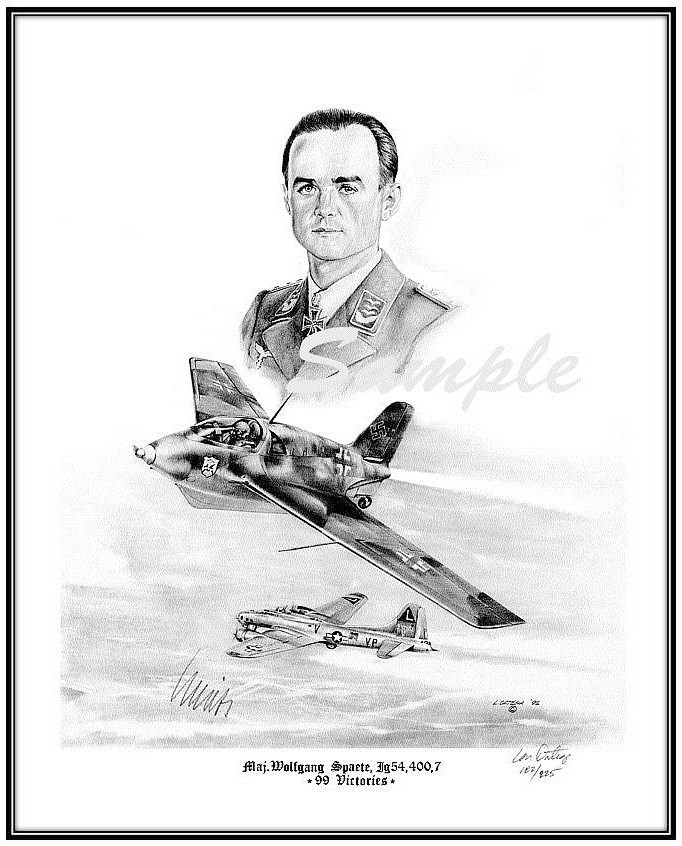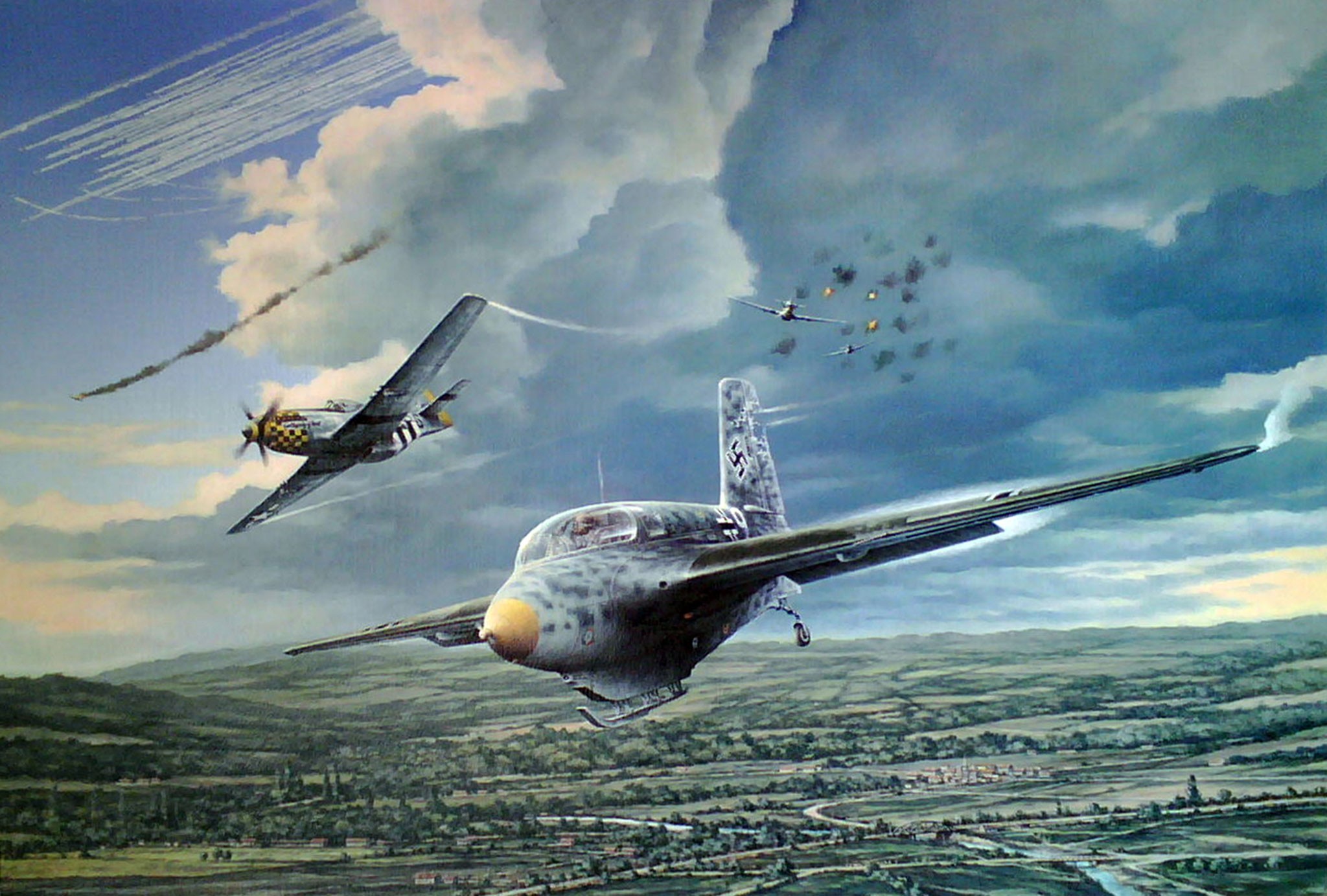Wolfgang Späte belongs to the generation that – as he himself puts it – had to "earn, starve, and long for" flying, but who then had the good fortune to actively witness the tremendous development of aviation.
Wolfgang Späte, born on September 8, 1911 in
Dresden, won several competitions with rubber-powered models at the age of 16 and, like many of his contemporaries, acquired the skills to become a glider pilot from 1926 to 1933 through workshop work and rubber-rope training, at great personal sacrifice. He passed the A and B exams in 1931, the C and the official license in 1932, and in 1933 he participated in the Rhön Gliding Competition for the first time with a self-built Condor. Within a year he was among the top German glider pilots. In the 1935 Rhön Competition, he finished second behind Rudolf Öltzschner, who unfortunately crashed to his death. He was one of the first glider pilots to exceed the 400 km barrier, flying 419 km to Deutschbrod, Czechoslovakia, and also won the altitude prize with a takeoff elevation of 2,470 m. A personal experience from this competition: Wolfgang Späte, who was then working in a newspaper publishing house in Chemnitz, had promised to write a report for the weekend edition. It was too late to send it by post. I
said to him: "You can only fly there." Wolfgang Späte reported his destination flight to Chemnitz and actually landed in Chemnitz after the longest destination flight at the time, 215 km, to hand in his report in person.
In the same year, he won the International Silver C No. 176, dated November 26, 1935.
In the 1936 Rhön Competition, he took 6th place, and in 1937, he was part of the German team in a major international gliding competition on the Wasserkuppe, which attracted 31 glider pilots from seven nations. In the end, Späte finished 3rd in this competition, which was later recognized as the 1st World Championship, behind Heini Dittmar
and Ludwig Hofmann...
His greatest success came in 1938 in what was probably the greatest competition of the pre-war period in terms of performance. Wolfgang Späte, now a test pilot at the German Research Institute for Gliding in Darmstadt, flew from the Wasserkuppe in all directions in the Rhön competition: 445 km to Stettin, 420 km to Rotterdam, 153 km to Plauen, 195 km to Kaiserslautern, and 320 km on the final leg to Freiburg. He flew the longest total final leg distance of 1435 km, 2504 cross-country kilometers, and was the overall winner with 3855 points, ahead of Kurt Schmidt. On August 5, 1938, he earned Gold-C No. 7 with a distance of 445 km and an altitude of 6370 m, one of the highest altitudes ever achieved in gliding over Germany. In the 20th "Rhön" competition in 1939, Späte took 9th place. In the meantime, he had acquired his pilot's license in 1936/37.
During World War II, the reserve officer flew over Poland and France as a long-range reconnaissance pilot before his dream of becoming a fighter pilot came true. On January 1, 1941, he joined 5./JG 54 and was deployed over the Balkans and in the East. He became a squadron commander in the fall of 1941. In over 600 enemy missions, Wolfgang Späte achieved 99 aerial victories, 90 of them in the East. He received the Knight's Cross as a First Lieutenant after 45 He was awarded the Oak Leaves as the 90th soldier after 72 aerial victories on October 5, 1941, and the Oak Leaves as the 90th soldier after 72 aerial victories on April 23, 1942. He subsequently became commander of Test Command 16 for the military viability of the Me 163 at the Rechlin Test Site, commander of the first "Rocket Group" in 1944, and commander of JG 400 on December 1, 1944. In the last weeks of the war, as a major and combat unit leader in JG 7, he achieved five more aerial victories against four-engined combat aircraft with the Me 262.
With the founding of the Bundeswehr, Wolfgang Späte rejoined the Luftwaffe and retired as a colonel. After serving as a test pilot, he ended his active flying career as an enthusiastic hang-glider enthusiast – a true pilot's life.







